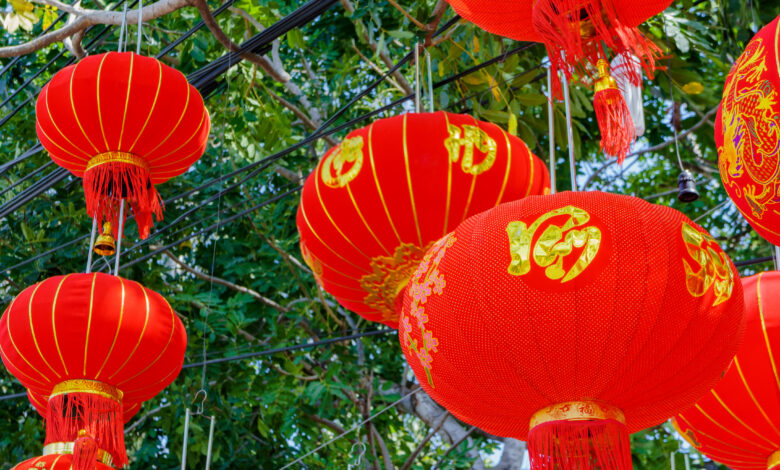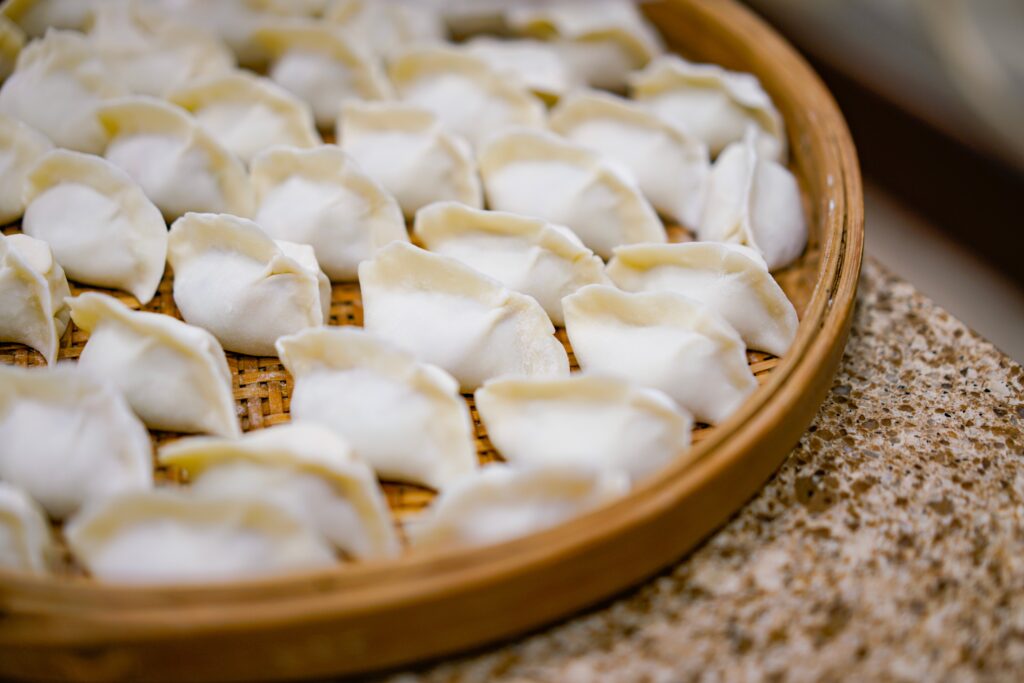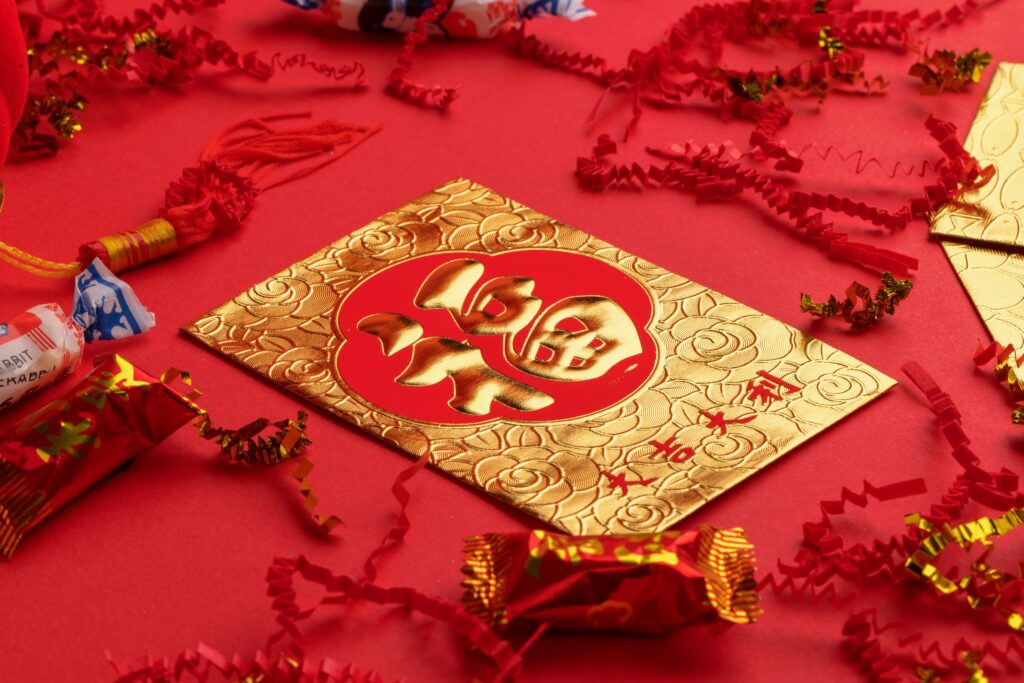Celebrating Lunar New Year at School
The beginning of Term One also marks the Year of the Rabbit; School News NZ looks at how your school or kura can join the festivities.

The Chinese New Year, also known as the Lunar New Year, fell on January 22, just before the beginning of Term One. The holiday marks the new year according to the Chinese lunisolar calendar, though many cultures in East and South-East Asia celebrate their own version of the holiday.
With Aotearoa New Zealand’s rapidly growing Asian population, 30 percent of whom identify as Chinese, celebrating and learning about the Lunar New Year and the Lantern Festival could provide a fun start to the new school year. An inquiry into the Lunar New Year could also tie in with the new Aotearoa New Zealand histories curriculum; schools in the Otago region recently announced that ākonga would learn about Chinese settlement in the region as part of their localised histories curriculum. Learning about the Lunar New Year could also invite any ākonga who celebrate the tradition to share their customs.
The holiday has many associated traditions, such as its own music, special new year greetings, the giving of red packets, dressing in new (preferably red) clothes, letting off firecrackers, and eating specific foods such as dumplings, noodles, fish, leeks and more. These foods have many symbolic meanings, and are in many cases homonyms for lucky sayings. For example, the saying “年年有余”, means “may every year have surplus”. Here the word “surplus” has the same pronunciation as the word “fish”, so fish is served during Chinese New Year festivities. Differing cultures will have their own renditions of these traditions, with the many Chinese ethnic groups having their own idiosyncrasies. For example, Northern Chinese people eat dumplings as a symbol of wealth, whereas Southern Chinese may eat noodles as a symbol of longevity.

There are also associated Lunar New Year mythologies, such as the myth of “Nian” the new year monster. The legend goes that every year a big monster would come into a village; when the villagers learnt that the monster feared the colour red and loud noises, they began letting off fire-crackers and dressing in red every new year, and the monster never came back. These traditions are carried on in Lunar New Year celebrations today. The New Zealand Curriculum website has a linked resource for learning about the myth of Nian, as well as other suggestions for teaching and learning about the Lunar New Year.
Another Lunar New Year mythology has its roots in folk religion and has many variations. It says that the Buddha (or the Jade Emperor) called on the animals to run a race. The first twelve to finish became the twelve animals of the Eastern Zodiac, appearing in the order they finished the race. This year, in 2023, the Lunar New Year celebrates the arrival of the Year of the Rabbit.

Although the Lunar New Year was celebrated before the start of Term One, the occasion is celebrated over 15 days, with each day having an associated tradition. One of these is the birth of humankind, where it’s said to be “everyone’s birthday”. How will your ākonga celebrate everyone’s birthday? Finally, in the Chinese tradition, the last day of the Lunar New Year is marked by the Lantern Festival.
Although the Lantern Festival in Tāmaki Makaurau has now been cancelled due to the flood disaster, students in Auckland and elsewhere across the country can still get in the spirit of Lunar New Year and have their own lantern festival. The Asia New Zealand Foundation has developed a resource aimed at ākonga in Year 1 & 2, which culminates in students hosting their own Lantern Festival celebration. The resource can be found on their website.
However you choose to bring in the Year of the Rabbit, School News NZ wishes you a 新年快乐, 恭喜发财: happy Lunar New Year, may the year bring you all wealth and prosperity!









